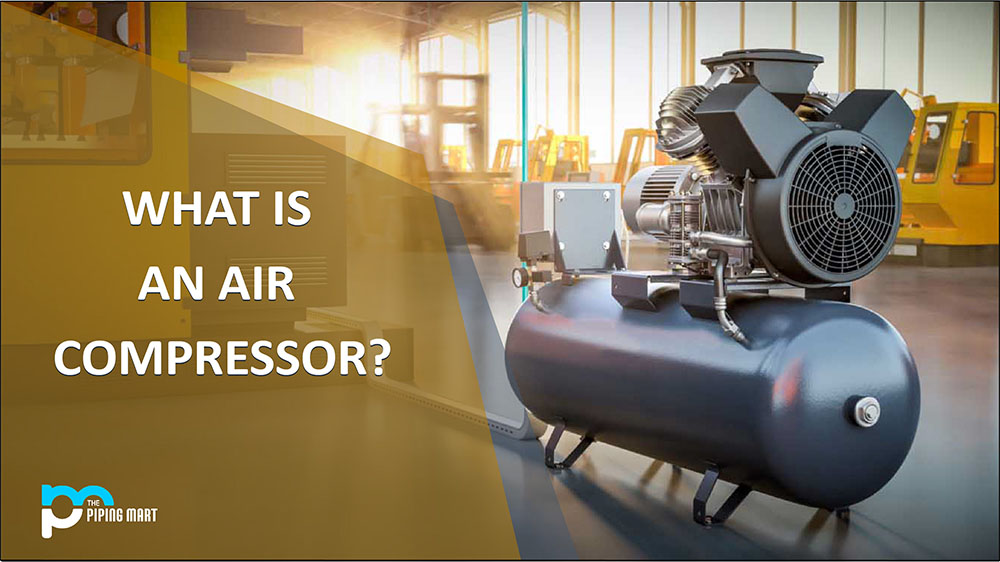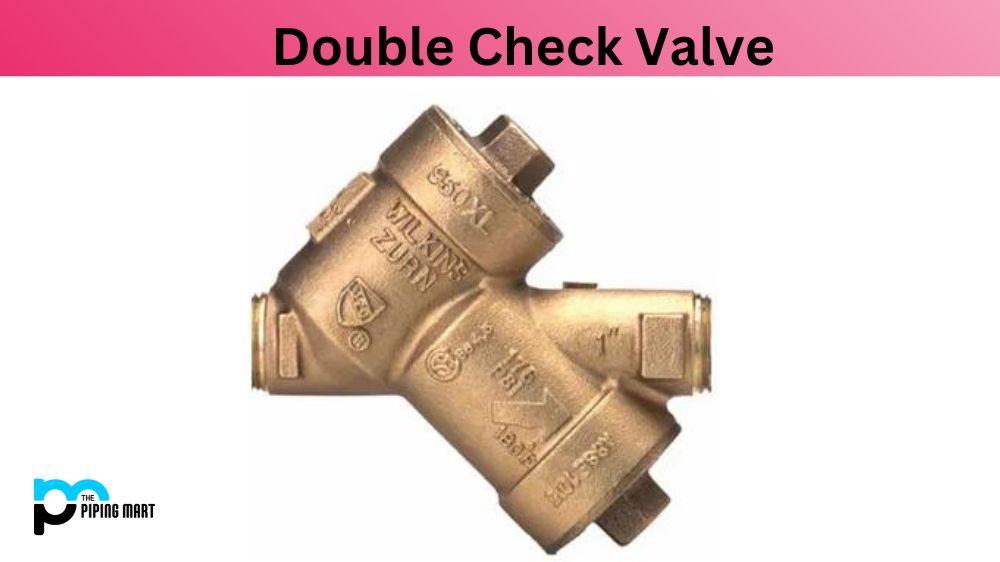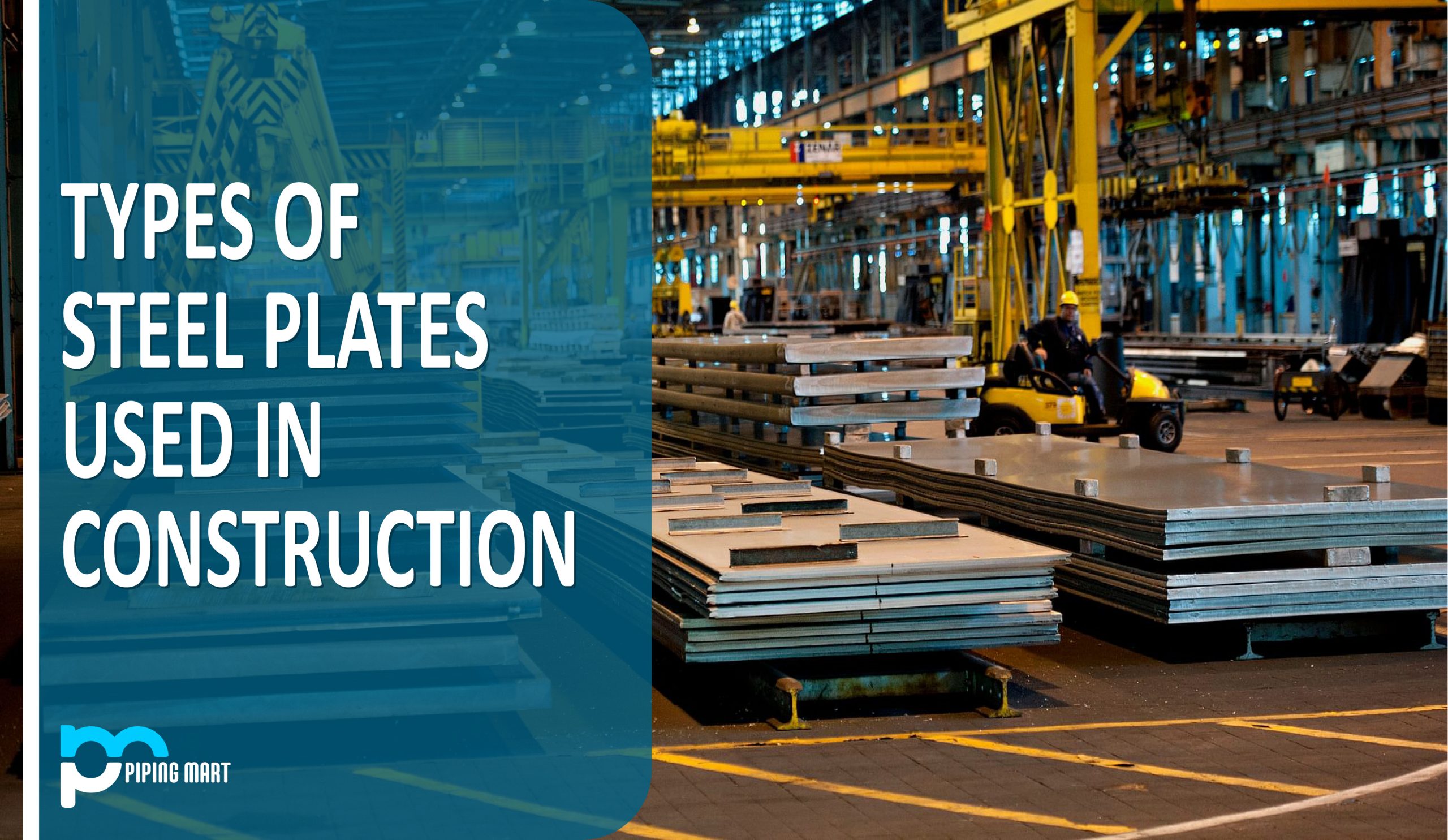What is Air Compressor?
As the name suggests, an air compressor is a device that compresses air and increases its pressure. Air from the atmosphere is drawn into the air compressor, where it is compressed. Then it transfers to a pressure-filled storage vessel. It can be piped from the storage vessel to a site that requires a compressed air supply. Since air compression requires labor, a compressor must be powered by a prime mover. Pneumatic drills, riveters, road drills, paint spraying, starting plants, jet engines, air motors, and other devices use compressed air.
Additionally, it helps operate various machinery, including elevators, rams, pumps, and many others. The industry uses compressed air to power blast furnaces and Bessemer converters, which produce airbursts.
Types of Air Compressors
The various types of air compressors are as follows:
- Reciprocating air compressor
- Rotary air compressors
- Centrifugal air compressor
- Axial air compressor
Reciprocating Air Compressor
A positive displacement compressor using a piston is known as a reciprocating air compressor. The crankshaft drives the piston, forcing the high-pressure gases into the cylinder. The gas initially enters these sorts of air compressors from the suction manifold. An attached piston compresses this gas as it passes through a compression cylinder. It is applied by a crankshaft in a reciprocating motion and then released.
A typical reciprocating compressor typically produces 5 to 30 horsepower in the automotive industry. The many petroleum sectors use a reciprocating compressor that can have up to 1000 horsepower, or 750 KW. Due to continuous use, it has a longer lifespan than a typical diaphragm compressor and requires quiet maintenance. Gas pipelines, chemical plants, air conditioning, and refrigeration facilities require reciprocating compressors.
Rotary Air Compressor
The simplest type of compressor is a rotary air compressor, which consists of two rotors with lobes revolving within an airtight housing with an intake and an exit port. It operates similarly to a gear pump. Wheels come in various forms, although they often include two or three lobes. The lobes are designed to form an airtight connection when they come into touch.
One of the rotors is given mechanical energy from an external source while the second gear is moved forward. The air at atmospheric pressure becomes trapped when the rotors spin in the spaces created between the lobes and casing.
The air that has been admitted is sent into the receiver by the rotating lobes. As a result, the pressure inside the receiver rises as the airflow increases. High-pressure air is then finally released from the receiver.
Centrifugal Air Compressor
A typical centrifugal blower compressor comprises an impeller (or rotor) with various curved vanes symmetrically placed. In an airtight enclosure with intake and outflow points, the rotor spins.
In these kinds of air compressors, the compressor’s casing is made so that, as depicted in the image, the air’s kinetic energy is transformed into pressure energy before it leaves the case. The rotor receives mechanical energy from an outside source.
As the rotor spins, the air is drawn in by its eye, and its pressure is increased by centrifugal force and pushed over the diffuser. As the air flows over the diffuser, its pressure rises even further. Finally, the receiver receives the air under high pressure. Knowing that air enters the impeller radially and exits the vane axially would still be interesting.
Axial Air Compressor
In its most basic configuration, an axial-flow compressor consists of a spinning drum and several rotating blades. The drum revolves in an airtight housing attached to fixed rows of stator blades.
The blades are made from an aerofoil section to reduce the loss brought on by turbulence and boundary separation. The rotating shaft receives mechanical energy, which turns the drum.
The compressor’s left side is where the air exits. Air travels through the positioned stator and rotor when the drum starts to rotate. The atmosphere is compressed as it moves from one set of stators and rotors to another. The air is provided at high pressure at the exit point due to sequential air compression in all stators and rotors.
Difference Between Reciprocating and Rotary Air Compressor
Reciprocating Air Compressor
- The higher delivery pressure of a reciprocating air compressor can reach as much as 1000 kg/cm2.
- The maximum air discharge is close to 300 m3/min.
- They are appropriate for minimal air discharge at extremely high pressure.
- The air compressor runs at a slow speed.
- There is sporadic access to air.
- The air compressor’s size is substantial, given the discharge.
- Balancing is a significant issue.
- As a result of coming into contact with the lubricating oil, the air sent becomes unclean.
- The lubricating system is complex.
- Isothermal efficiency is utilized in this for all calculations.
Rotary Air Compressor
- Only in rotary air compressors does the higher delivery pressure of 10 kg/cm2 exist.
- The highest air flow rate in this is 3000 m3/min.
- They are appropriate for significant low-pressure air discharges.
- The air compressor operates at high speed.
- The flow of air is constant.
- The air compressor’s size is too small for the specified discharge.
- No balancing issue exists.
- There isn’t a balancing issue.
- Simple lubricating system.
- For all kinds of calculations, isentropic efficiency is used in this.
Difference Between Centrifugal and Axial Air Compressors
Centrifugal Compressor
- The direction of airflow is perpendicular to the compressor’s axis.
- Its production and operating costs are cheap.
- Low starting torque is required for the centrifugal compressor.
- Not appropriate for multiple staging.
- For a specific rate of flow, a large frontal area is required.
Axial Compressor
- Airflow is perpendicular to the compressor’s axis.
- Its manufacturing and operating expenditures are significant.
- High starting torque is required for the axial compressor.
- Capable of multiple staging.
- For a specific flow rate, a modest frontal area is required. This qualifies the compressor for use with aircraft.
Applications of Air Compressor
Air compressors are utilized in extensive industrial operations, including petrochemical, chemical, and natural gas processing facilities and other industries where speedy compressing is necessary. In refrigerant cycles, it is also utilized in air conditioners and refrigeration to transport heat. Air compressors are also used in gas turbine systems to compress the intake air for combustion.
Compressed air is necessary for many industrial, manufacturing, and construction activities involving pneumatic tools. Air compressors are also used in aircraft to maintain cabin pressure at altitude. By increasing the mass flow of air inside the cylinder, turbochargers and superchargers are compressors that enhance the performance of internal combustion engines. As a result, the motor can burn more fuel, which increases its power. Air compressors are frequently utilized to power the brakes on rail or road transport vehicles.
How to Choose Air Compressor?
You could lose hundreds or thousands of dollars in energy and production time if you select the wrong air compressor for your operation. Because the primary consideration given to the term is the amount of airflow in cubic feet per minute needed for the plant, it is crucial when choosing the appropriate air compressor.
When selecting a compressor for mobile use, many factors come into play. The initial purchase price, convenience and cost of maintenance, size, accessibility, airflow, and durability are crucial factors. The last step before installing your industrial compressor system is to ensure that the compressor meets your requirements.

Pipingmart is B2B portal specializes in industrial, metal and piping products. Also, share latest information and news related to products, materials and different types grades to help business dealing in this industry.




